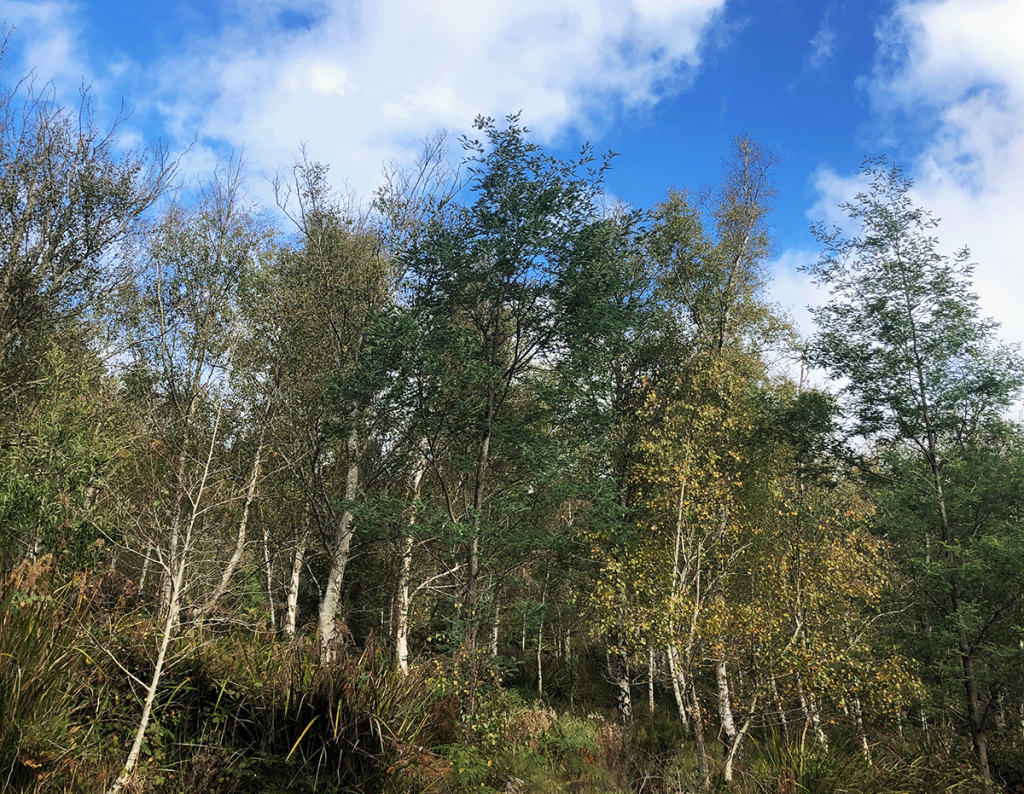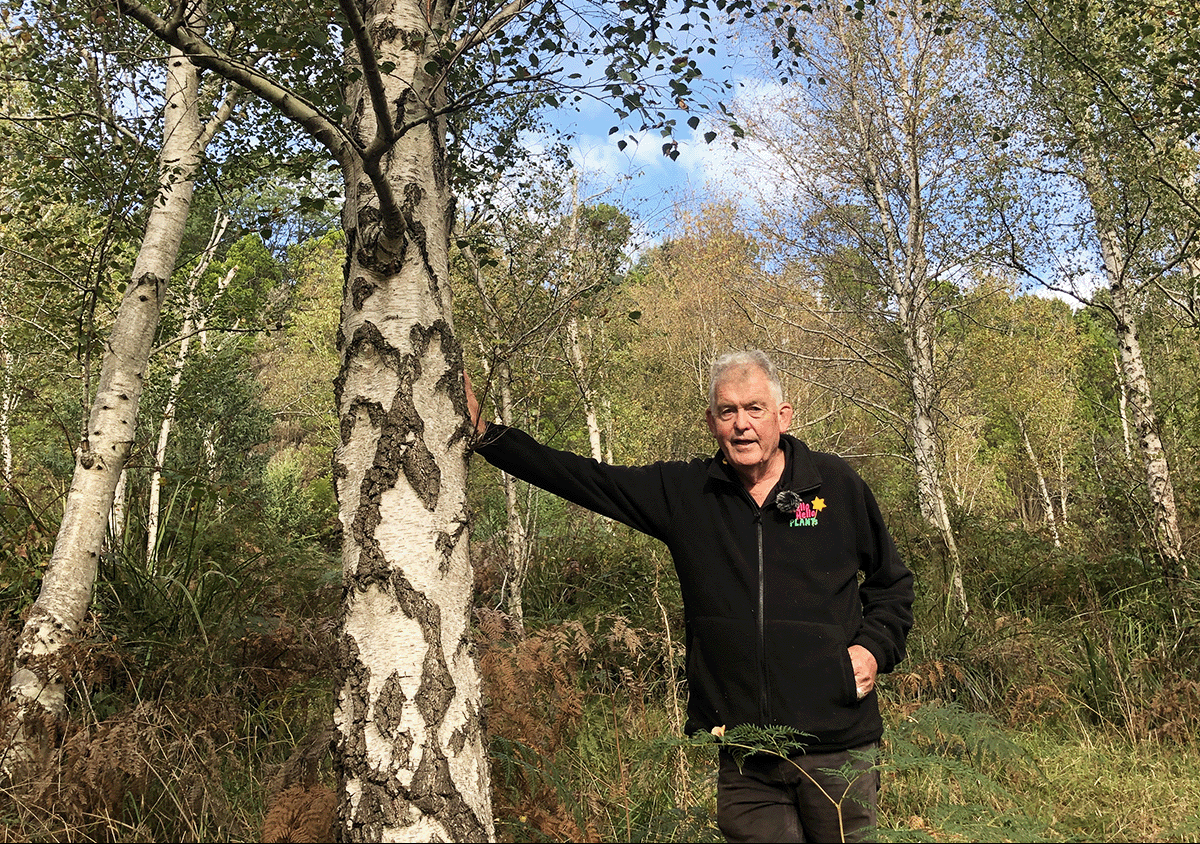
Our Favourite Tree, the Silver Birch & a Story For You
Did you know my dad and I planted a forest of Silver Birch trees in Mt Dandenong? You might have visited Woolrich Lookout before, but if you travel a bit further down the road, you’ll find this spectacular grove of Silver Birch trees. Sounds crazy right? You would think that a forest just grows naturally, rather than being intentionally planted by someone. But let me tell you how it all happened.
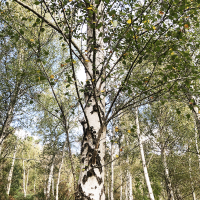
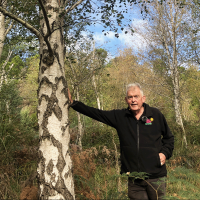
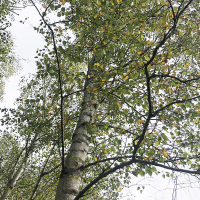
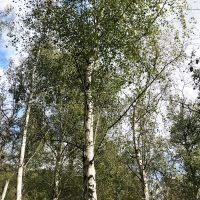
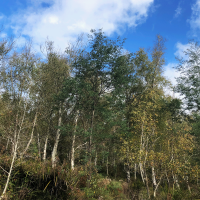
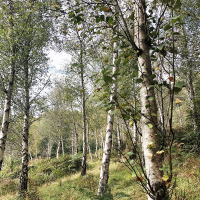
So we need to time travel to around 60 years ago when my dad started buying Birch seeds from a seed merchant in Europe. He would have these seeds sent to us by post, where we were currently living in Mt Dandenong. My dad was determined to perfect the art of growing Birch Trees, so he created and followed a really strict process.
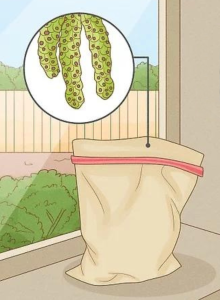 Firstly, in the winter he would mix up the seeds with moist peat moss, put it in a bag, and stick in the refrigerator for two months.
Firstly, in the winter he would mix up the seeds with moist peat moss, put it in a bag, and stick in the refrigerator for two months.
The next step was to spread the seed on soil that had been sterilised with methyl bromide. He would lightly rake over this soil, and then go over it again to make the bed flat and compact the seed into the soil. This made sure that the seed was very close to the surface.
Then he put a timber frame with some hessian over the top of the soil bed to provide shade and contain the humidity.
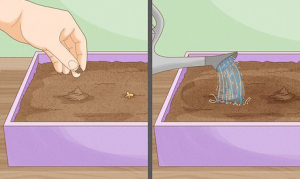 Twice a day he watered the bed. Once they had germinated and were half an inch high, he would lift the hessian and timber frame to about 50cm off the bed. This allowed for airflow and reduced humidity. Dad also decreased the amount of watering at this point.
Twice a day he watered the bed. Once they had germinated and were half an inch high, he would lift the hessian and timber frame to about 50cm off the bed. This allowed for airflow and reduced humidity. Dad also decreased the amount of watering at this point.
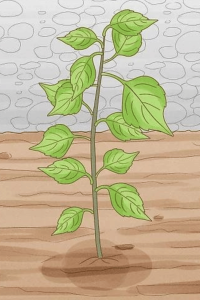 By the next winter these Birches were about 80cm tall. Now around this time that my dad was perfecting the growing process of Silver Birch Trees, we had a Finish family move in next door to our growing field. It was a husband and wife with ten children! Now the Toorkolas LOVED the Birch trees. They actually took scraps from the Birch Trees and created all sort of things with it such as brooms. They even said that if they were back in Finland, they would’ve made shoes out of the Birches! It was pretty incredible to hear about the other uses of the Silver Birch. Especially because during this era, Silver Birches were one of the most popular ornamental trees in Melbourne. Even now they’re still popular because they grow very vigorously and are a very pretty tree that don’t grow too big.
By the next winter these Birches were about 80cm tall. Now around this time that my dad was perfecting the growing process of Silver Birch Trees, we had a Finish family move in next door to our growing field. It was a husband and wife with ten children! Now the Toorkolas LOVED the Birch trees. They actually took scraps from the Birch Trees and created all sort of things with it such as brooms. They even said that if they were back in Finland, they would’ve made shoes out of the Birches! It was pretty incredible to hear about the other uses of the Silver Birch. Especially because during this era, Silver Birches were one of the most popular ornamental trees in Melbourne. Even now they’re still popular because they grow very vigorously and are a very pretty tree that don’t grow too big.
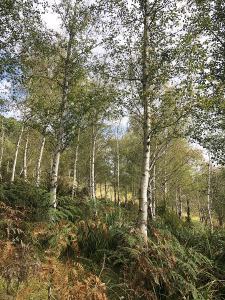 So my father spent five years figuring out how to grow Silver Birches. His biggest breakthrough was finding out that if you picked seeds locally it was much cheaper and more fertile. Once he had perfected the process, he was getting a yield of about 3000 trees per 50m x 1m seedling bed. This translated to about 100 thousand Silver Birches a year. These would be dug up and used for either potting or further field growing. There were also growers that would graft other cultivars such as weeping or purple varieties.
So my father spent five years figuring out how to grow Silver Birches. His biggest breakthrough was finding out that if you picked seeds locally it was much cheaper and more fertile. Once he had perfected the process, he was getting a yield of about 3000 trees per 50m x 1m seedling bed. This translated to about 100 thousand Silver Birches a year. These would be dug up and used for either potting or further field growing. There were also growers that would graft other cultivars such as weeping or purple varieties.
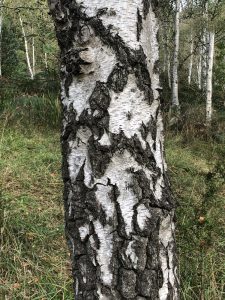 Let’s fast forward to 1971 where I come into the picture. My dad asked me to go into the one-year-old stock and pick out 200 of the best Birch Trees. Why? Because we were delivering all of them to the RJ Hamer Arboretum. So we sent 200 Birch Trees, and they were planted in this place with fairly acidic volcanic soil, really high rainfall, and a lot of grass and weed competition. They also likely received no care. But over 50 years later and they are doing spectacularly. I was actually a bit surprised. If you’re ever in the area I really encourage you to check it out. There’s a beautiful walking track alongside it that pops out at the bottom of Woolrich Lookout.
Let’s fast forward to 1971 where I come into the picture. My dad asked me to go into the one-year-old stock and pick out 200 of the best Birch Trees. Why? Because we were delivering all of them to the RJ Hamer Arboretum. So we sent 200 Birch Trees, and they were planted in this place with fairly acidic volcanic soil, really high rainfall, and a lot of grass and weed competition. They also likely received no care. But over 50 years later and they are doing spectacularly. I was actually a bit surprised. If you’re ever in the area I really encourage you to check it out. There’s a beautiful walking track alongside it that pops out at the bottom of Woolrich Lookout.
Now if I’m being honest with you, I haven’t thought about this Silver Birch Forest in a long time. The only reason I visited it, or am talking about it now, is because of Matti Rousi. He is a Finnish scientist that is writing a book all about Silver Birches. It’s set to be published this year under the title Book of Birch (Past and Present Use and Ecology). Betula pendula is the national tree of Finland and is planted very profusely there.
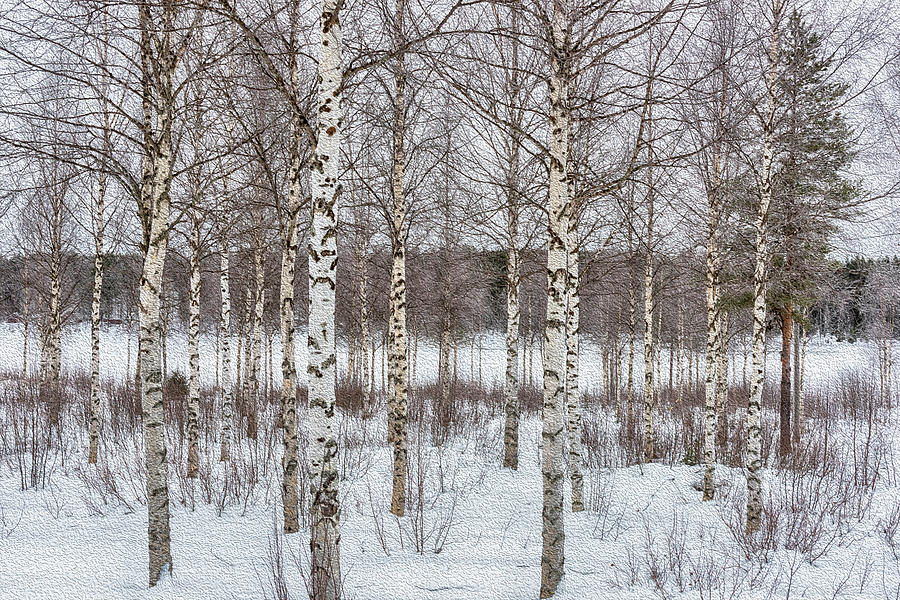
 In his research he stumbled upon our website and was shocked when he discovered that we were growing Silver Birches here. As he details in his email to us “present foresters consider Silver Birch to be strictly adapted to local conditions” and “can be transferred only 200km N or S.” Australia is much further than that. So scientifically you shouldn’t be able to grow a Betula Silver Birch at this latitude. However, Rousi is trying to argue to the contrary, where Betula pendula “is very plastic” and can adapt to other conditions.
In his research he stumbled upon our website and was shocked when he discovered that we were growing Silver Birches here. As he details in his email to us “present foresters consider Silver Birch to be strictly adapted to local conditions” and “can be transferred only 200km N or S.” Australia is much further than that. So scientifically you shouldn’t be able to grow a Betula Silver Birch at this latitude. However, Rousi is trying to argue to the contrary, where Betula pendula “is very plastic” and can adapt to other conditions.
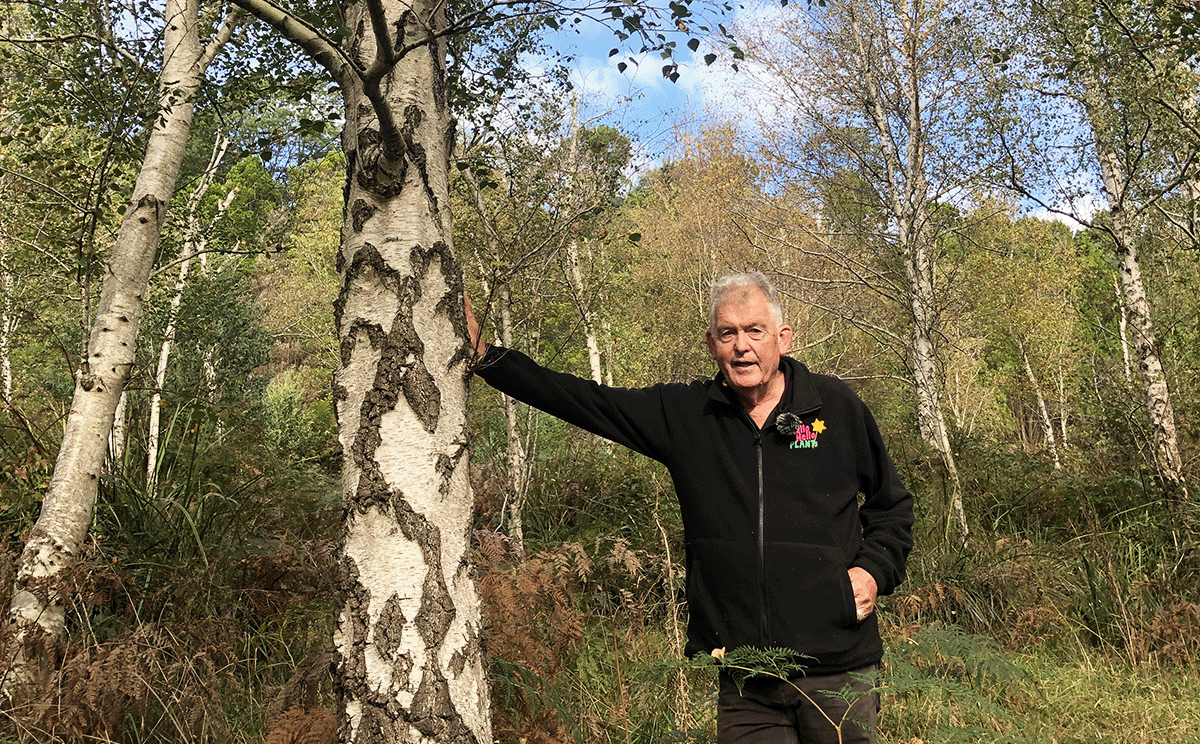 This Silver Birch Forest is living proof of that. So not only has this Silver Birch grown without any maintenance, but it also defies what many Finnish foresters believe. If you want to hear more about this, I highly recommend reading Matt Rousi’s book once it has been published.
This Silver Birch Forest is living proof of that. So not only has this Silver Birch grown without any maintenance, but it also defies what many Finnish foresters believe. If you want to hear more about this, I highly recommend reading Matt Rousi’s book once it has been published.
Hope you enjoyed this little trip down memory lane. Goes to show how some dedication and a good understanding of horticulture can achieve the impossible.
Here’s to my dad,




